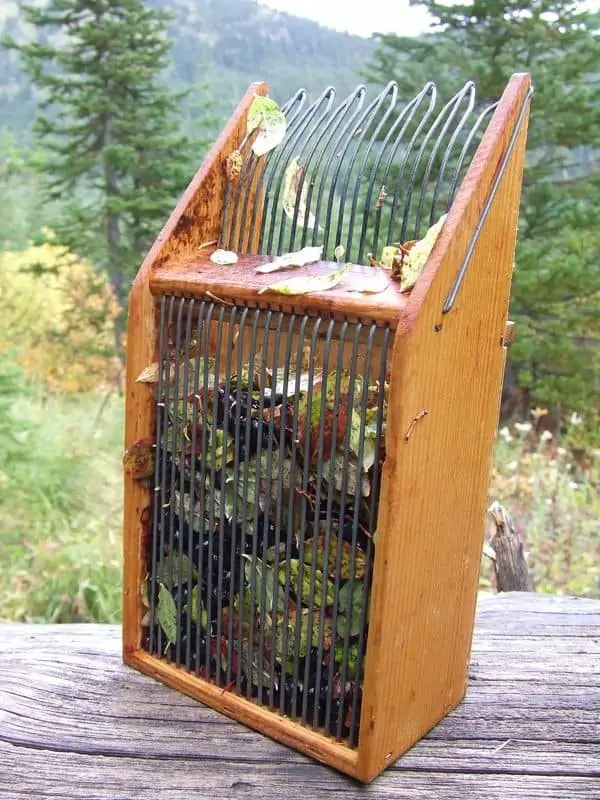Reflection on Article and Artifact Bag Project
Overview:
Fuhler et al., begin their article entitled "Building Literacy Skills Across The Curriculum" by highlighting an ideal classroom environment. One that engages and excites according to Camborne's theory (1995) which is free from of anxiety or fear of failure. In this article, Fuhler lay's out a sophisticated and robust argument for the use of artifacts in lessons to bring the content alive.
In the example, Fuher introduces the reader to a teacher who has planned a lesson; and has lined up bags with carefully wrapped items in bags and tissue paper. The students are excited, intrigued, and motivated to see what will happen in class. As Fuhler demonstrates, this teacher has succeeded (in perhaps) the most challenging aspect of learning: Creating engagement amongst her students.
In this example Fuhler demonstrates a teacher who utilizes constructivism where student learning centers on "an active constructive process" (Fuhler, 2010). This teacher focuses her instruction on research based learning strategies such as scaffolding, questioning and best practices -
Next, the article gives an overview of the steps of the lesson to enable the teacher a step-by-step overview of how to execute such a lesson. The reader is then presented options for how to proceed after one has completed the first part of the lesson
Option 1 ~ incorporates reading within social studies and focus on a particular time period or historical context. The teacher could choose read a louds or give students a range of books to choose from that could be read in a small group setting or shared with the class.
Option 2 - Could be used as a fun engaging way to enter a social studies unit/topic that will be researched, unpacked in greater detail with further lessons in weeks to come
Option 3 - Would offer students an in depth research project- this article emphasizes the use of a multi-genre report which allows students to utilize multiple styles of reporting to present their findings and showcase their knowledge in a creative and inventive way. This will lead to greater learning, understanding and a more interesting presentation.
Reflection:
I found this article both interesting to read, and yet immensely practical and well laid out for the teacher who wants to implement such a lesson.
For the Economic sustainability lessons that I taught with my fellow teacher's candidates I would utilize 3 artifacts which I believe would tie in well with our three lessons. These would be
1.) Picture of an area before/after deforestation,
2.) a farm relic from the early 1900s,
3.) a rolodex.
I would utilize the deforestation image in our direst lesson. I would utilize the farm artifact in our inquiry lesson and I would use the rolodex in our cooperative lesson.
The way that I would utilize the 5 pigs would be to: assign three person groups to ensure that classmates had to work together on a project to be successful. This would allow for positive interdependence. I would allow for individual accountability by allowing students to pick their own unique role within their group which they would be responsible for completing. I would allow for group processing by asking students to consider questions and content that called for critical thinking skills and reasoning within their group. Students social skills would be challenged in this type of activity by asking students to agree on project details, divide the work load, resolve conflicts, and arrive at successful outcomes.
I would utilize the following websites to support our three economic sustainability lessons using the artifact bag project template.
Lesson 1 https://www.process.st/economic-sustainability/ (For Direct Instruction
Lesson 2 https://www.pachamama.org/effects-of-deforestation (For inquiry Lesson )
Lesson 3 https://www.investopedia.com/articles/pf/08/make-money-in-business.asp#:~:text=To%20achieve%20business%20success%20you,check%20it%20off%20your%20list. (Cooperative Lesson)
I plan to design a lesson using this framework, but working a bit backwards. I will take a piece of great fiction that I want to incorporate in the classroom and then find artifacts, and research resources to structure a complete lesson. I will use this book as a period with which to center our discussion and research.
For example, Nobiah's Well is a great piece of fiction that I would like incorporate into my classroom lessons. I will obtain artifacts that could be found or seen in the book. I will have students explore these artifacts and then do a re-aloud, asking questions and pointing to clues about the artifacts throughout the reading, being sure to model my thinking and questioning process. I would choose option 3 as outline in our article and have my students study the time period within this particular book.





Comments
Post a Comment